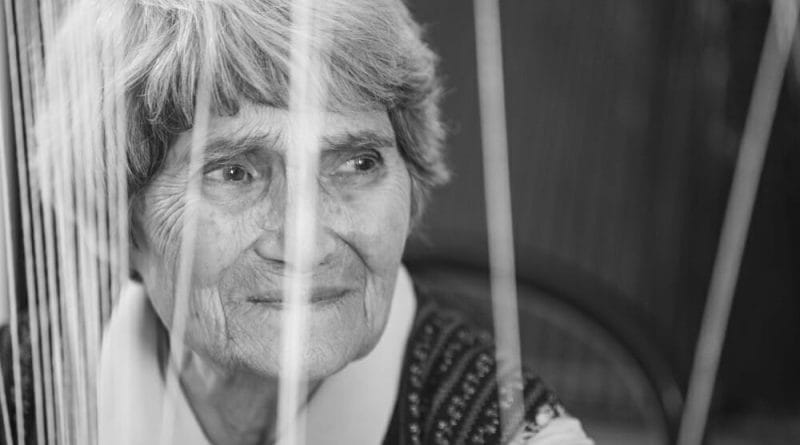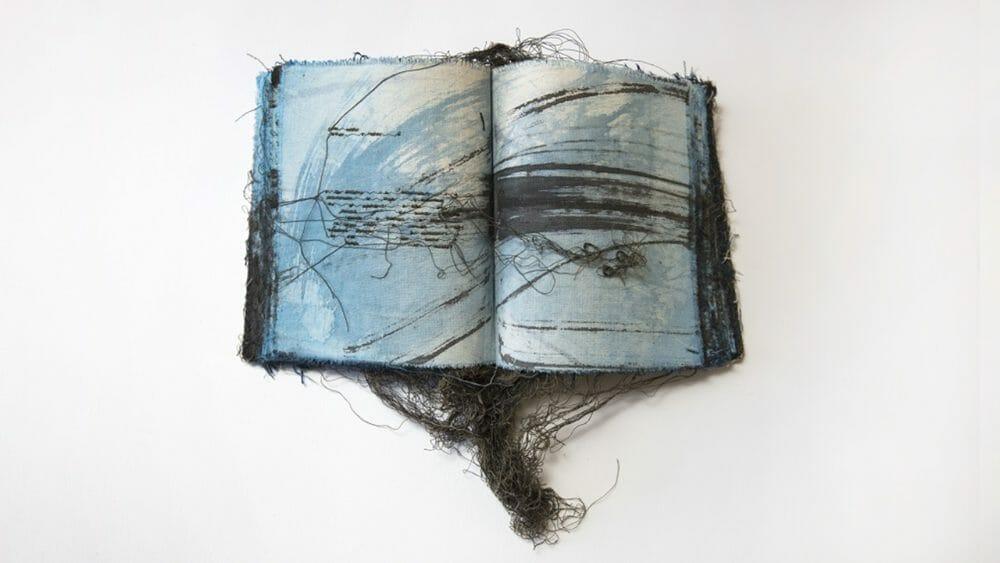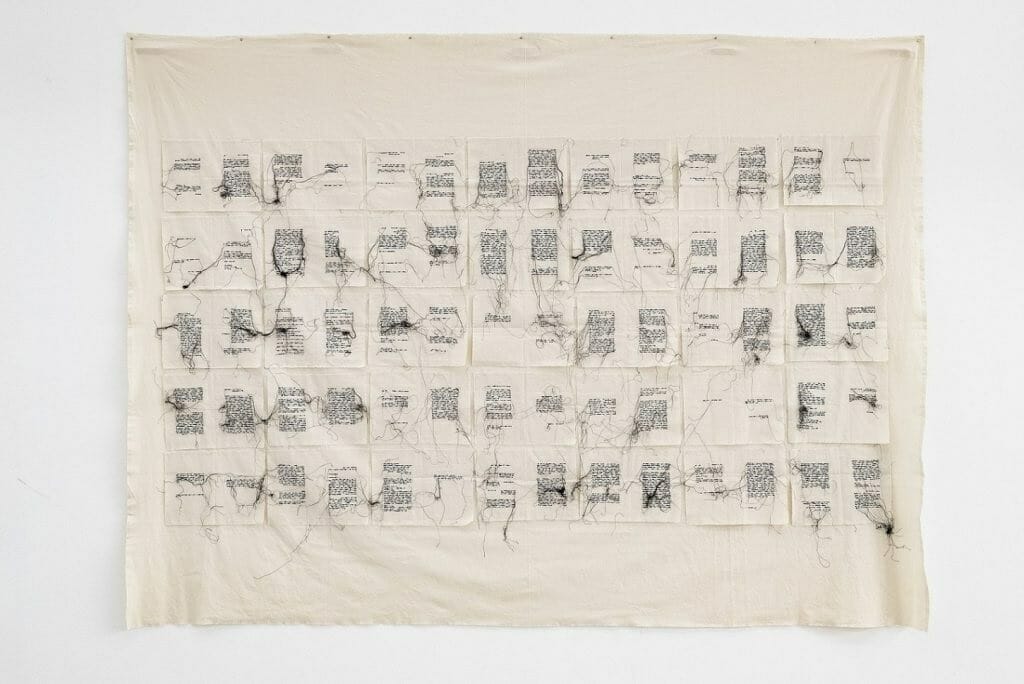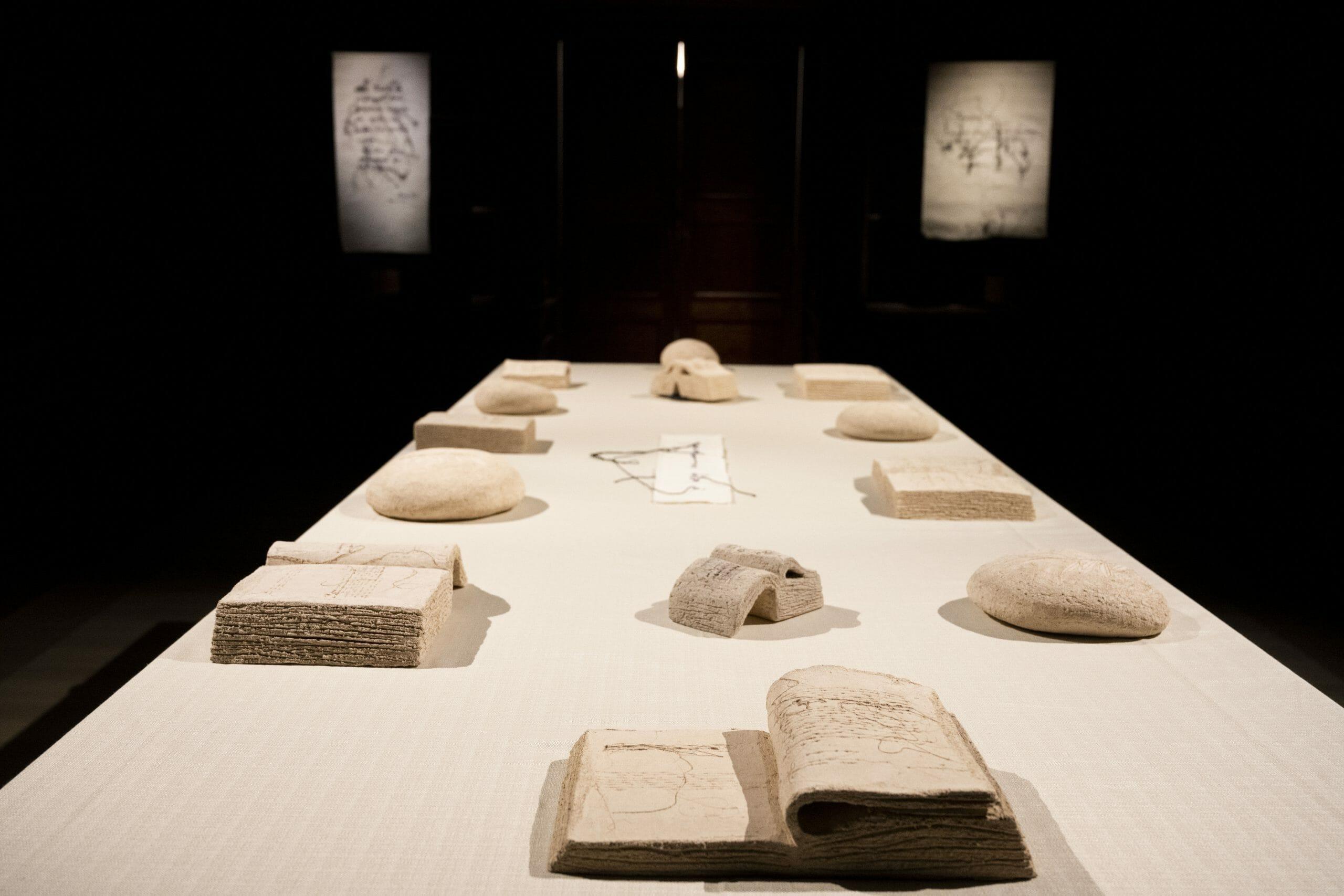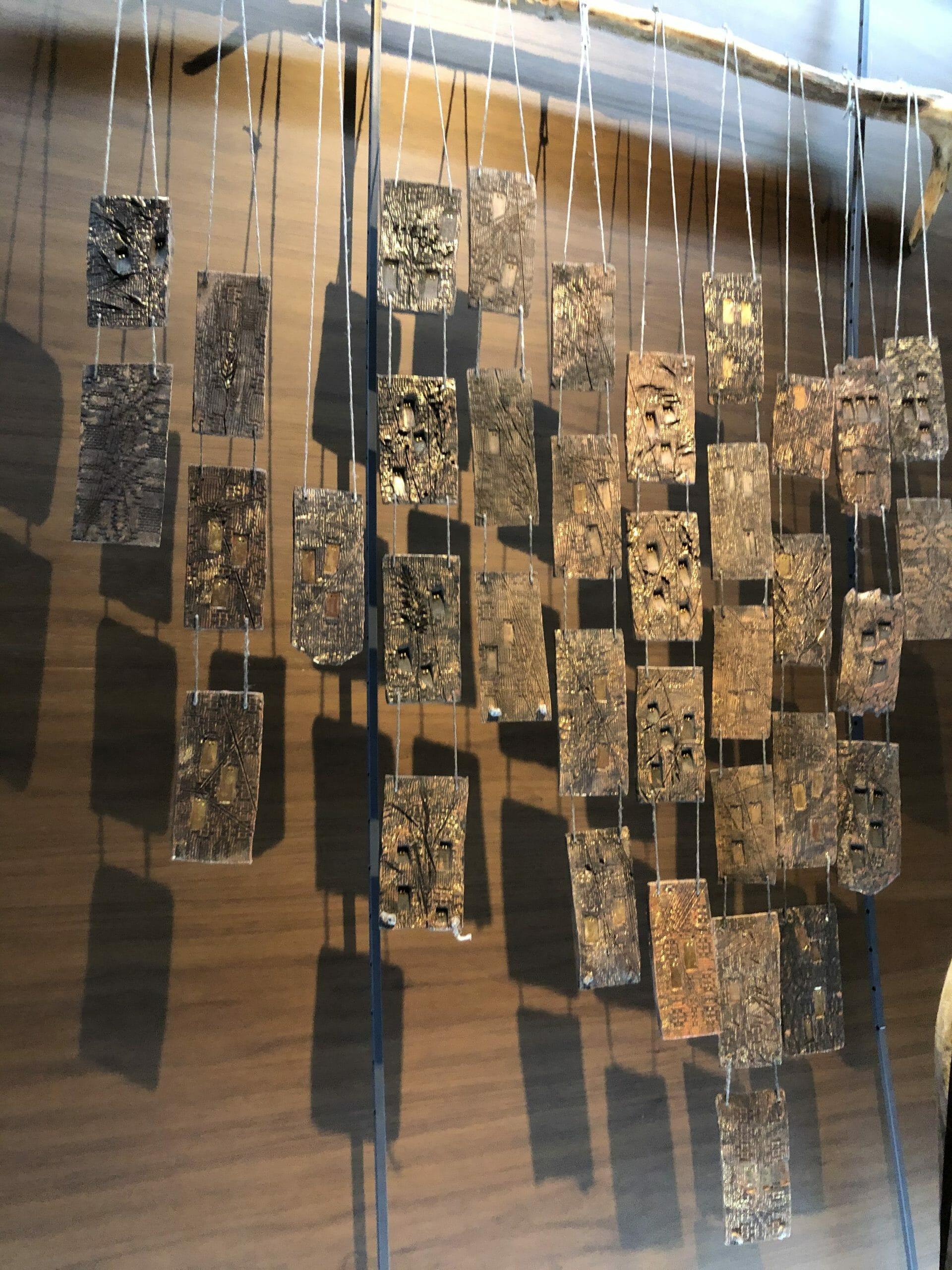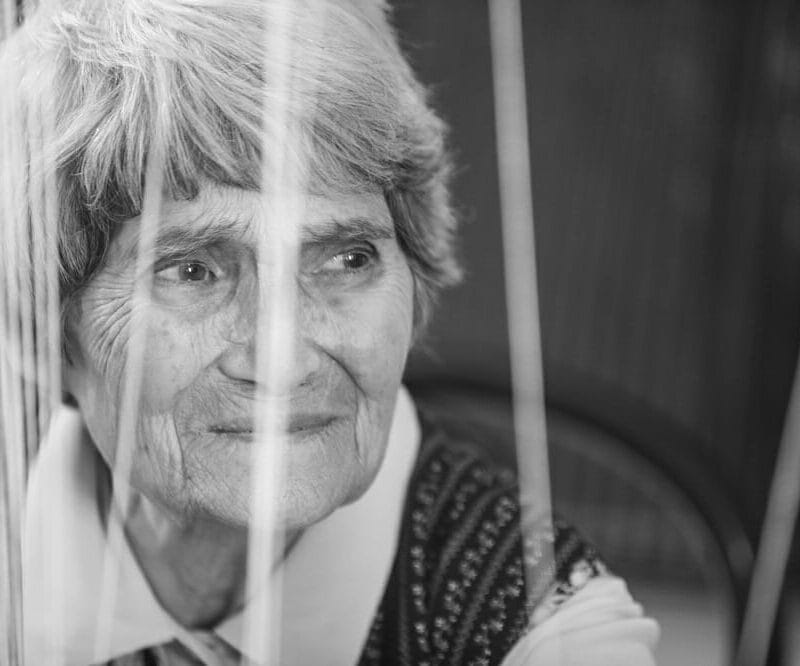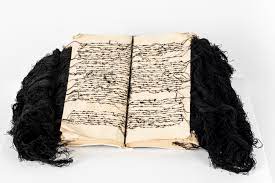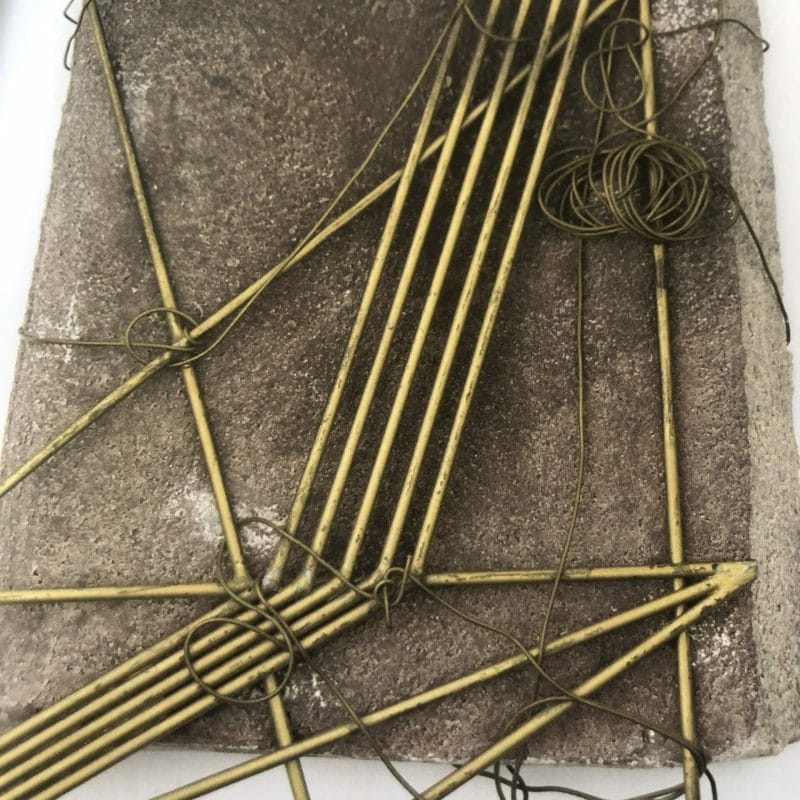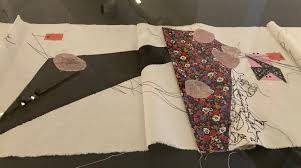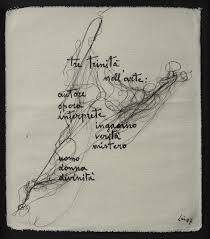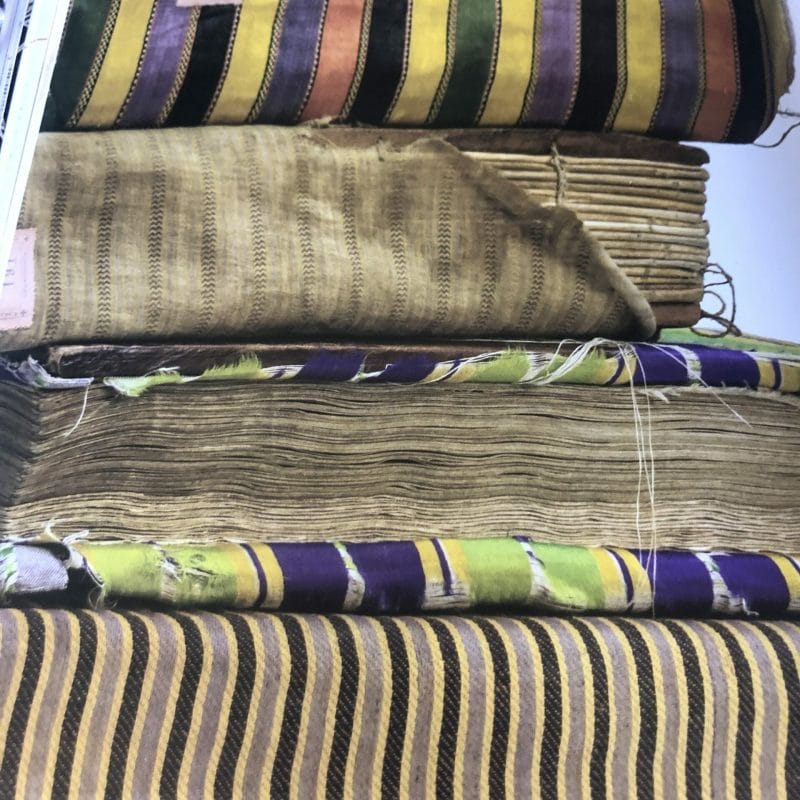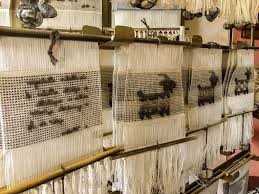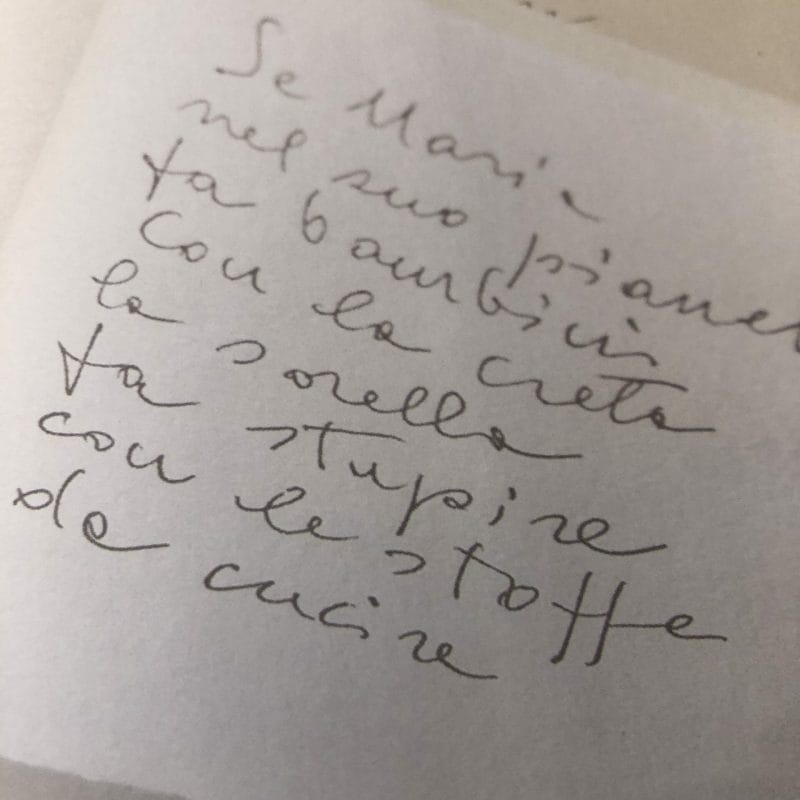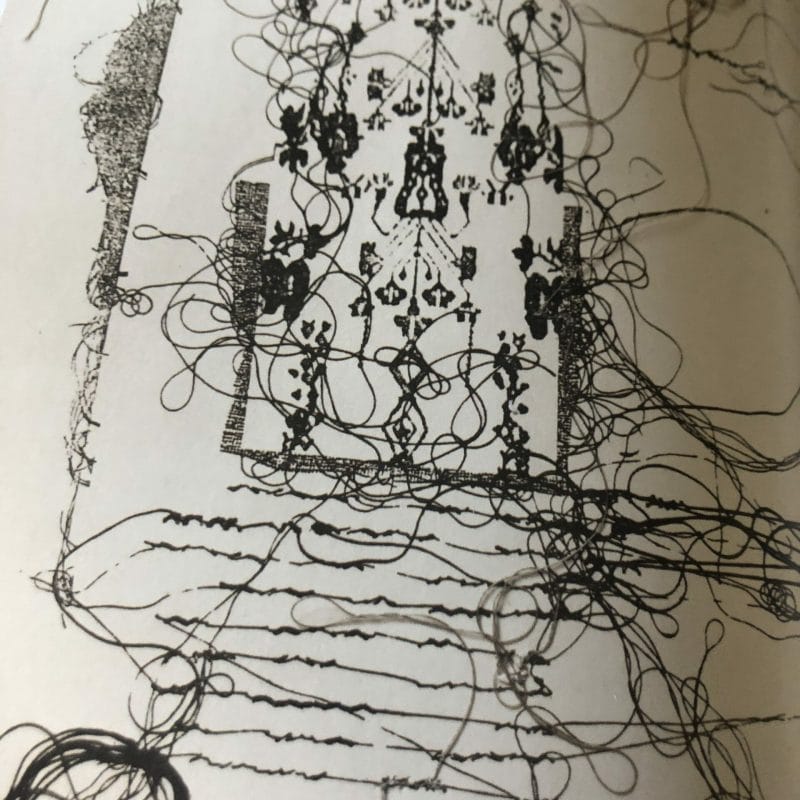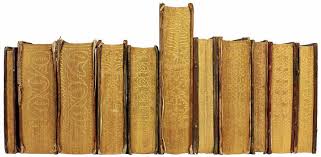MARIA LAI, HER EAGERNESS FOR INFINITY HAS NO TIME
*Featured photo: Maria with threads 2008 ph©Daniela Zedda
Maria Lai is back in Rome. Her works, her history occupy and fill some rooms of the Apostolic Library inside Vatican City.
The exhibition, “THE ART OF WEAVING FREEDOM”, closed just a few days ago, with a significant influx of visitors.
I will not dwell on the place where the event took place, but suffice it to say what an extraordinary cultural heritage is preserved in this Palace, enriched over the centuries with the collection, restoration and conservation of what man has produced, recounting his time: we are refering to the Archive / Library that is consulted by students and scholars from all over the world. A place of vital dialogue between the written word and art, perfect for an artist like Maria Lai.We had already been able to admire the art of Maria Lai in 2019 for the centenary of her birth, when the MAXXI in Rome organized, in the large exhibition space, a beautiful and comprehensive exhibition, with the title “HOLDING THE SUN BY HAND”. 200 works were exhibited, which helped to historically cover the long life of this artist who never ceases to surprise and intrigue us.
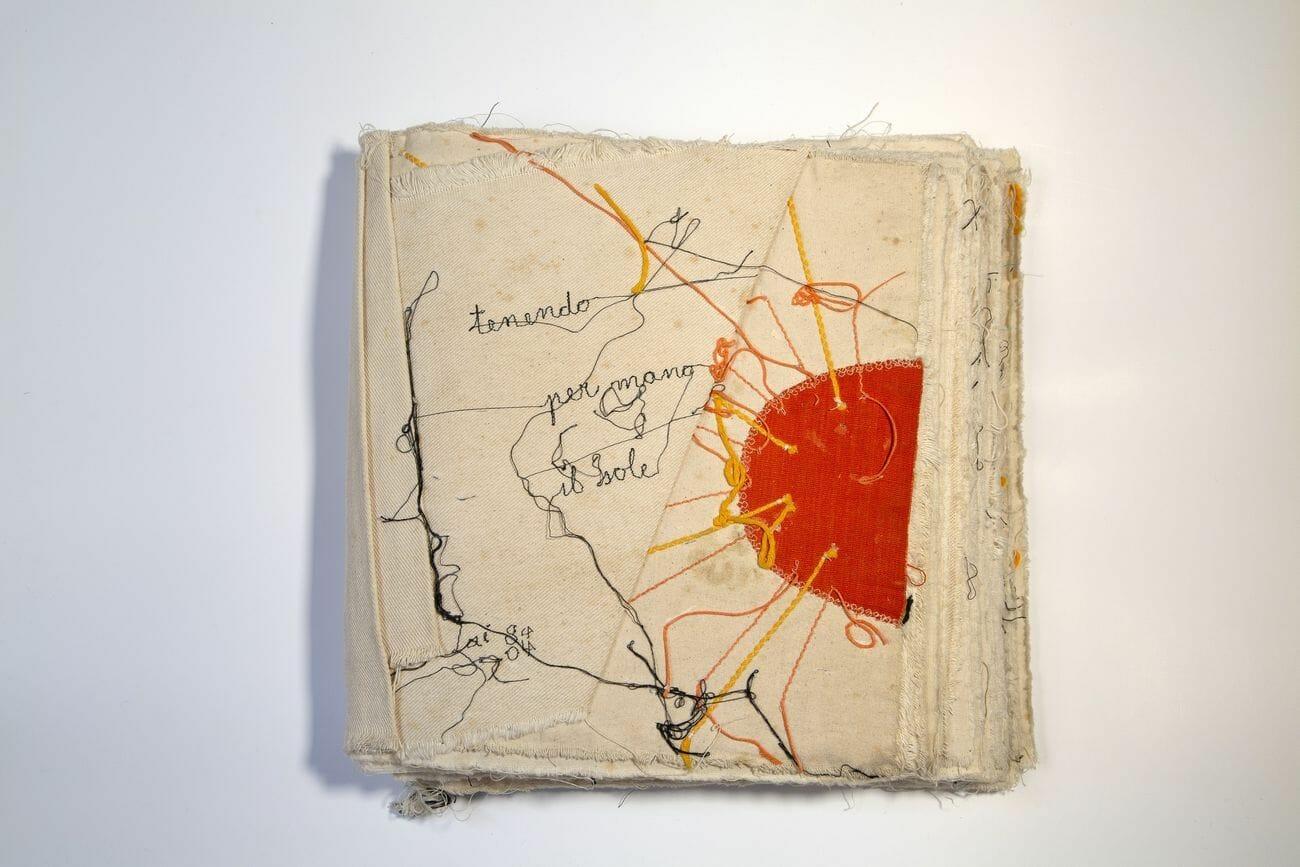
I will remember a little of her, of her rich life, of her continuous research, of those artistic expressions that have made her unique and everlasting.
A starting point is her homeland, Sardinia. She herself said: “I was not born in Sardinia … I am Sardinia …”.
An island, a world apart, sometimes very distant, almost inaccessible, but not isolated, and it was Maria who was the Artist who brought beauty, reality, truth of that world to everyone’s eyes, transforming legends, transforming myths and transferring everything into works of art, her own. She was born in late September 1919, in Ulassai, Ogliastra, in the province of Nuoro, north east of the island. A village perched on limestone rocks, called ‘heels’, covered with pines and holm oaks, a mountain village, where the pasture is owned by goats, Gennargentu is not far away.
Under this tough mountain her fellow citizens built the “Maria Lai Open Air Museum”, where her works are exhibited to testify to the strong, extremely strong bond with the place and the gratitude of her fellow citizens.
Right next to the Museum, in an ancient woolen mill, wool, cotton and linen threads are still produced and woven with old and new looms, and carpets, bedspreads and much more are made with the image, almost always black on white, of the traditional drawing of goats, a recurring theme in many of her works.
Threads and looms, which open a large door for us to understand her poetics.
A great desire to learn and an energy that has been repressed for too long pushed her to leave the island and move to Rome where she attended the Academy and the artists there, and from the sculptors she learned to model clay.Those were also years of war. She leaves Rome and moves to Venice where a precious encounter enriches her: she meets and becomes a pupil of the sculptor Arturo Martini who opens up the world of a future art, a dark world, from which Maria will draw her fruits.
She will discover that to express herself, she will only have to mediate between the deep, indelible culture of her land, Sardinia, and those tender images of childhood and adolescence memories, out of time and space. All this will become Art, her way of expressing herself so unique and spontaneous.
The protagonist of her art becomes the Thread, the threads: surreal embroideries, tangles, up to her personal writing with threads. Thus, natural or colored as needed, she communicates her message, her vision of the world, that Scripture becomes a book, a book written with Thread.
A strong reference to the myth, of that myth: Ariadne who gives Theseus a fortress full of woollen thread that will serve, after killing the Minotaur, to get out of the Labyrinth, return to the world of the living, restore freedom to her people; that thread will reunite and mend the world and men.
In the exhibition, dedicated to Lai in the Vatican, we were able to look and admire many of her works in an unusual atmosphere: the Barberini room, darkened and deprived of its set of books on the walls, hosts “Invito a tavola”: in the center a large, long table covered with a white tablecloth, set with open books and refractory terracotta loaves, similar to stone, with olive branches imprinted on the bread and writing on the pages, a light in the dark.
Clay becomes bread and book, a consistent invitation to eat at that table; those books come from a world of different materials: kaolin, sand, enamel, fabric; a rich and ready canteen, offered to the visitor in a place where bread and books are at ease, right here in this very serious kingdom of books, where precious and unique rarities can be found, the Vatican Library, hosts Maria Lai who invites us to knowledge.
Drawing, painting, writing Maria presents herself with her threads. Surreal embroideries that become the expression of a continuous humanity for her work.
Maria is also a literate, in her own way, a writer who exercises an educational function with fairy tales and stories constructed with her favorite materials: the memories of magic in the tales of her childhood. The world of fairies becomes material for her stories. Over the years, she has also intensified an educational activity that she dedicates and addresses to children, to whom she will address many poems and stories.
A thread that unites and mends the world and that screams against silence tells us a lot.
Talking, telling about Maria and her Art would require many chapters and it would be onerous to talk about all the exhibitions that have been dedicated to her over the course of her long life and where she has been hosted in Sardinia, in Italy and throughout the world; she who was so little inclined, reluctant to worldliness and to expose herself to success.
“… practically, when I found myself out of the world of art, which I refused, I started playing again, like when I was a child with all the materials at hand.”
This she loved to do.
In her land, which she always privileged, she puts herself to the test with exhibitions, unique artistic events, truly amazing.
One example: “Binding to the mountain”: twenty-six km of blue ribbon 16 centimeters wide, cut from pieces of denim cloth. Everyone at home owns some in various forms, and they are bound with this to others, from one house to the next, some women put characteristic loaves of bread between one knot and another. Then the climbers arrive and the ribbon stretches and runs carried by people and climbers up to the mountain, no one is excluded, so many people arrive to see, to look with curiosity and wonder. The whole event is accompanied by the sound of a magical flute.
The exhibition in the Vatican had its own peculiar and precious aspect: it showed us, almost in combination, with those of Maria Lai, works of ancient writing wisdom preserved, protected in precious cases made of cloth, fabric, threads carefully protected over time in defense of a writing, of a book. A more appropriate tribute could not be and this place can afford it.
She died on April 16, 2013, working to the end with the tribute to Grazia Deledda, “Andando via”, an unfinished monument.
Talking about Maria Lai and, as we mentioned in the title of this small tribute, placing her in a historical period, even if necessary is limiting, her Art is forever. We will continue to follow her wherever they devote attention and study to her, as we hope will do the readers of these lines
